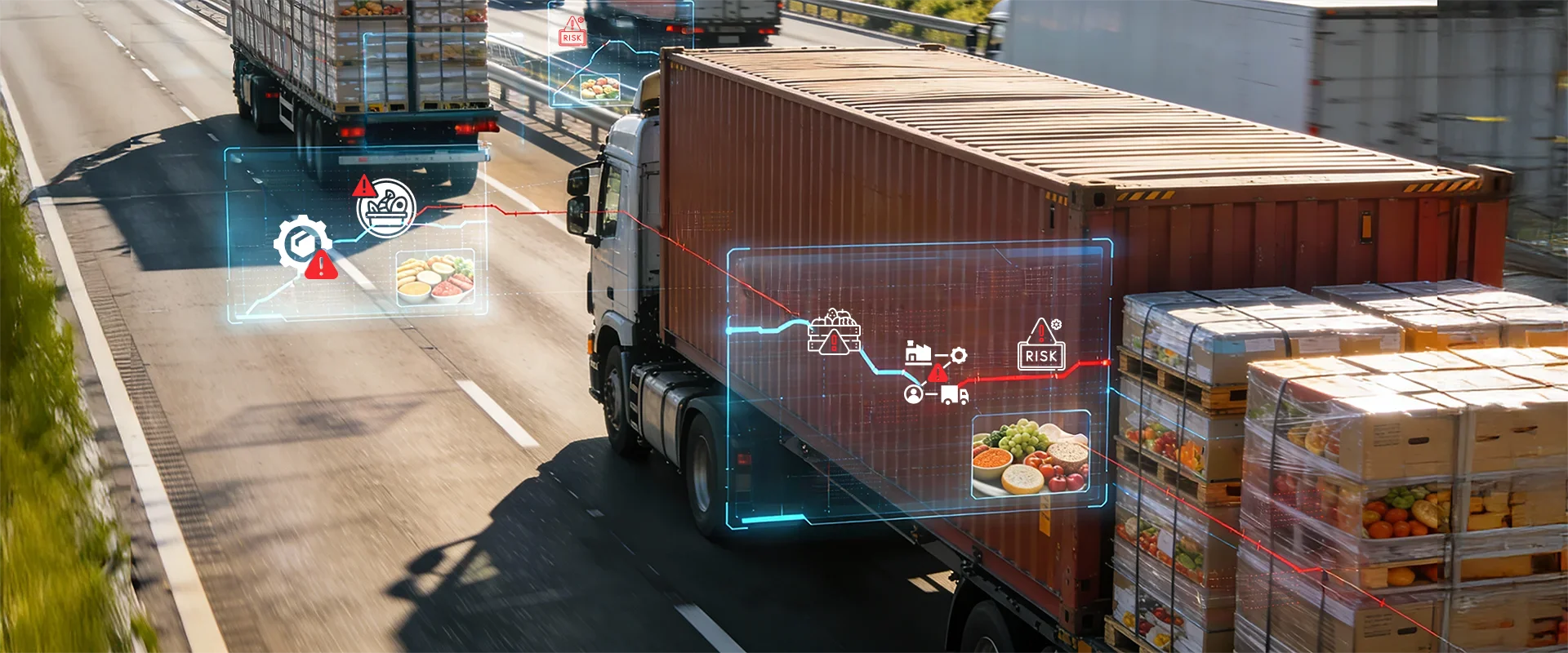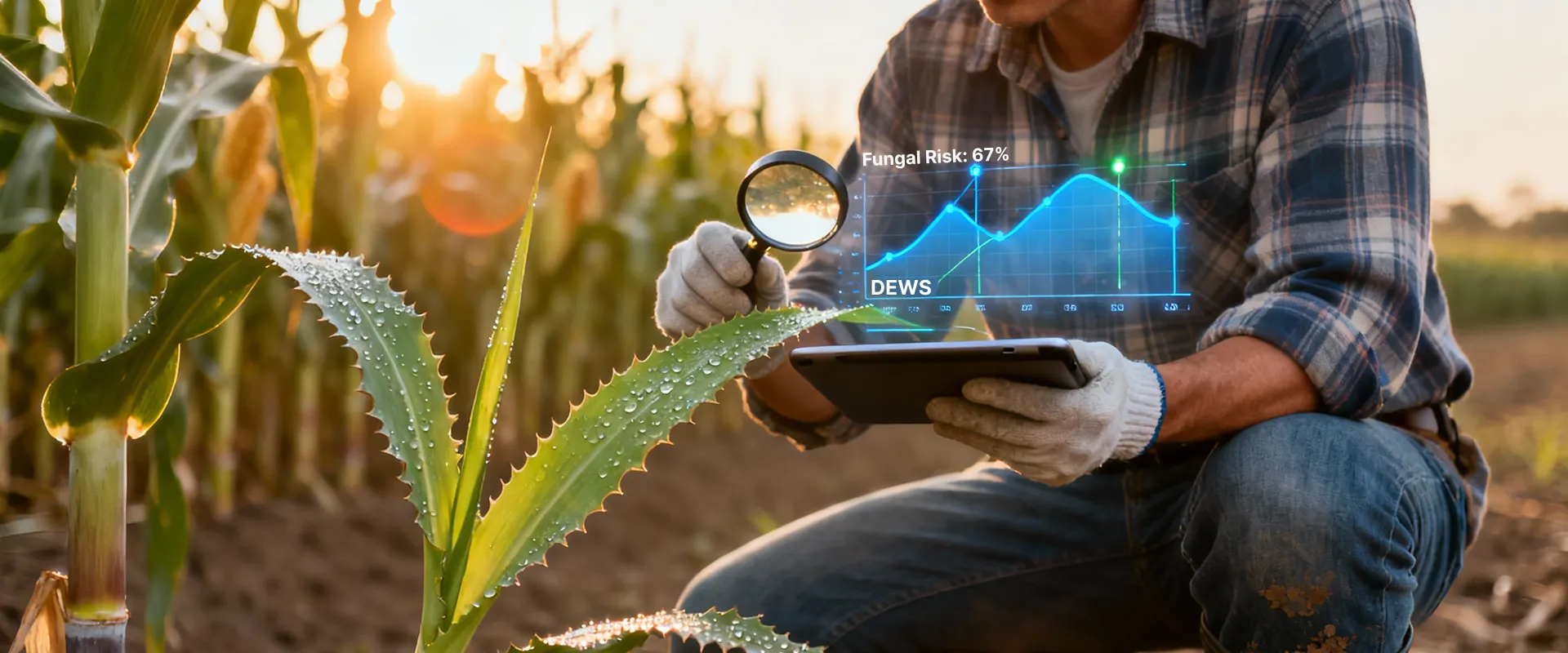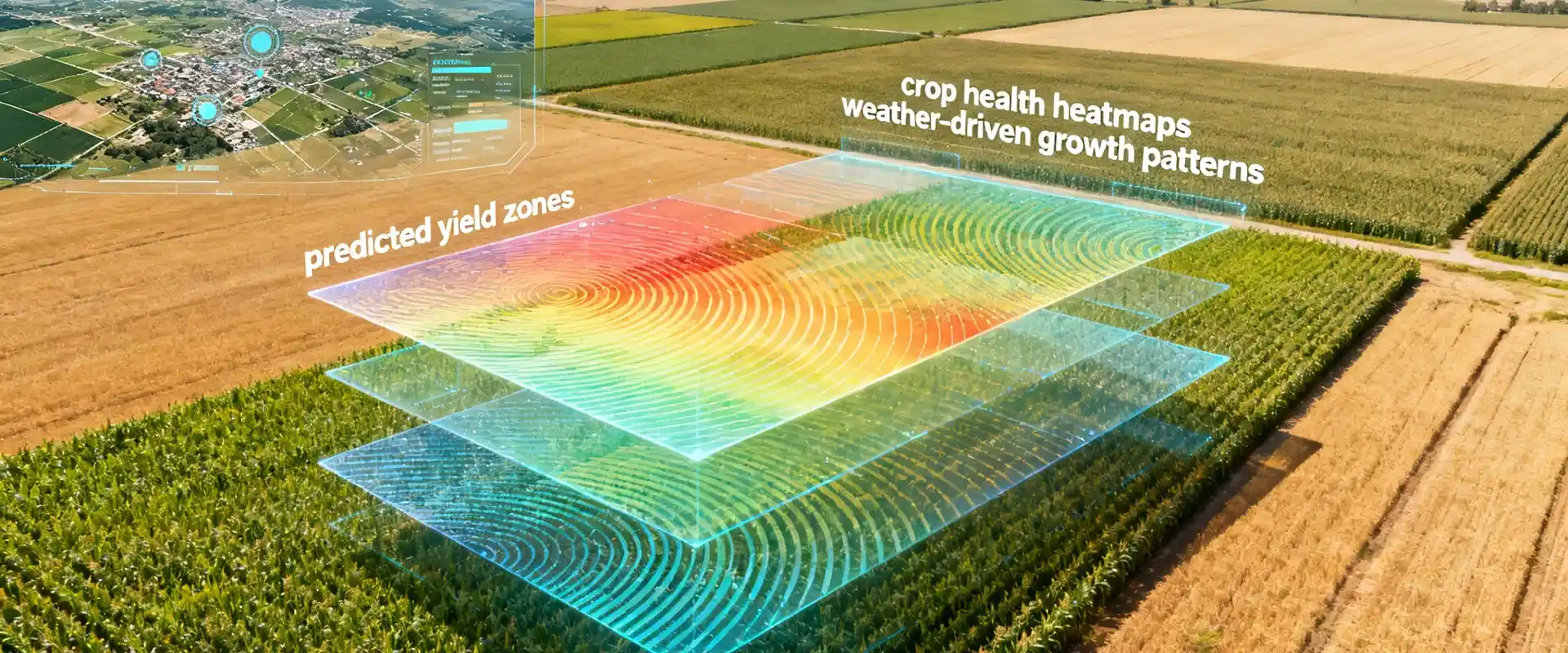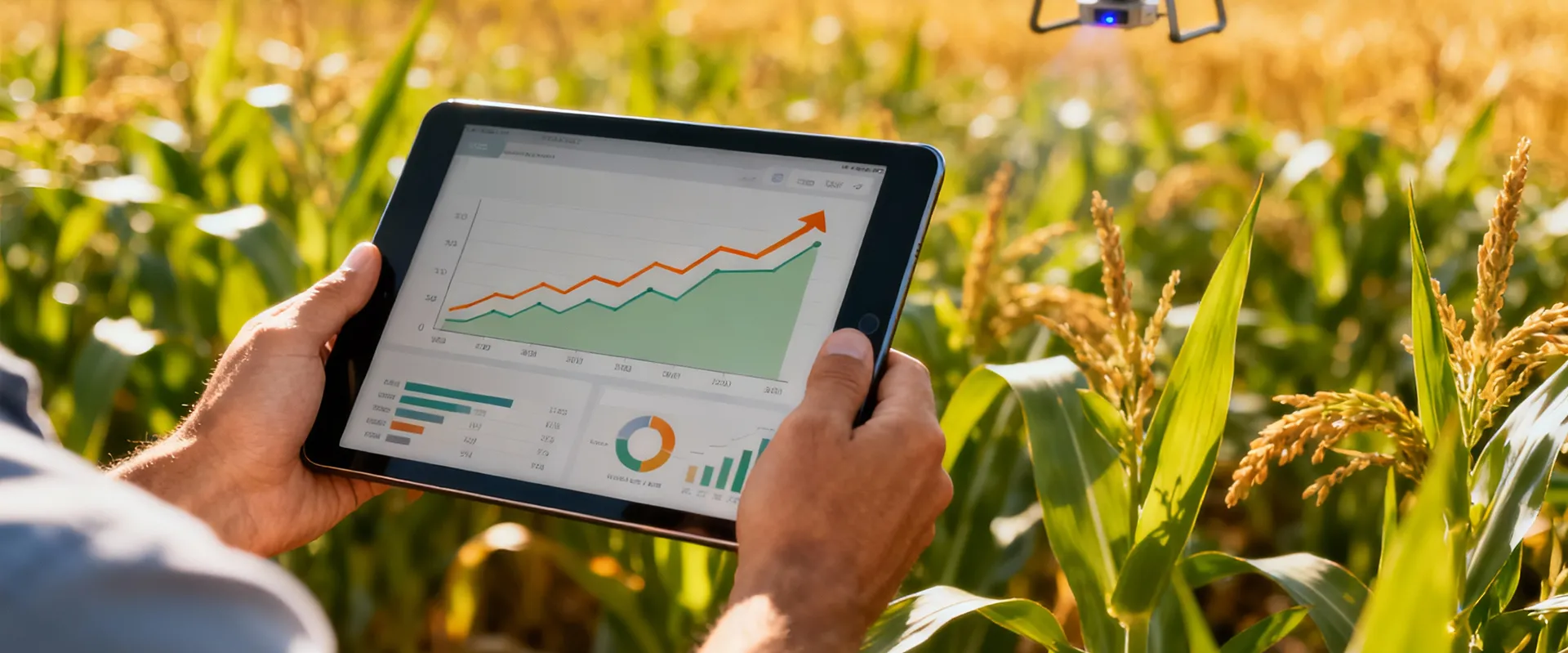Synopsis:
Cropin has launched Cropin Sage, the world’s first generative AI (gen-AI)- powered agri-intelligence platform. This innovation, built on Google’s Gemini, offers comprehensive intelligence into the past, present, and future of cultivation. In this blog, we delve into the need and benefits of Gen-AI powered agri-intelligence platforms. We also explain how Cropin Sage, provides answers to natural language queries in an easy-to-understand, actionable visual format.
Why does agriculture need gen-AI powered agri-intelligence platform?
High volumes of structured and unstructured data: Weather patterns, soil conditions, historical yields, and more—agriculture generates a wealth of valuable data types, but these are unstructured data captured by different machines with different resolutions, time stamps, and a host of formats ranging from text to images.
Millions of farmers, millions of decisions: The sheer number of a diverse farming population is mind-boggling in itself. The data and decisions? Just don’t ask!
A host of variables: From weather to water availability, countless factors influence crop yields. These complex datasets must be analyzed for a holistic view.
Time is money: Long R&D cycles and cumbersome logistics can hinder progress. Analytical AI can fast-track decision-making and improve efficiency.
Ask the right questions: With a Gen-AI querying platform, we can query historical and real-time weather, realistic pest scenarios, or even future yield estimations.
Simulating the future: Analytical AI models can simulate these scenarios utilizing millions of data points across relevant parameters to optimize farming practices, ultimately maximizing yield and minimizing risk.
- Informed decision-making: Imagine querying critical crop data (lifecycles, climate, soil) and receiving clear insights in seconds – how would this transform decision-making for stakeholders?
- Global visibility for procurement: Could pinpointing ideal locations for crops anywhere in seconds, with real-time production data, help mitigate risks associated with fluctuating yields warranting last-minute adjustments?
- Optimized crop selection: By analyzing crop lifecycles and weather dependencies, what if identifying the best regions for cultivation (reducing trial periods) and predicting future yields (for governments to ensure food security) were as easy as asking a question?
- Predictive insights – the future is now: What if you could predict underperforming crops, understand edge cases, and even identify potential problem regions – empowering proactive responses?
The simple complex paradox
The turning point: Cropin Sage is here!
Components of Cropin Sage
Google Gemini: the smart question translator: Cropin Sage uses the Google Gemini model (Gemini Flash 1.5) with input text prompts and user text queries to generate SQL queries. It extracts user intent and executes SQL queries to get grid data.
Cloud SQL for data storage: All metadata about grids is stored in Google Cloud Platform’s Cloud SQL service and can be scaled as the volume of data increases.
Cropin data hub, the data processor: Raw data from various sources are organized into a grid system, making it easier to analyze. Different data layers for a specific region are processed and stored in the Cropin Datahub to generate a grid-level aggregated view. The data is ingested as multiple appropriate tables into Cloud SQL.

Model training
- Historical spanning both short and long-range seasons over the past seven years.
- As the current season progresses, Cropin Sage continuously updates weather, climate, and various Cropin Intelligence layers, including end-of-season predictions.

Types and formats of datasets

- Satellite images with different resolutions and frequencies
- Weather data at different frequencies and data types
- Sensors and tractors provide different formats of data

Figure 3: Example of a query & response from “Cropin Sage”

Crops and regions covered by Cropin sage:

Ensuring food security for all
Future-proof supply chains
A boon for underwriting








